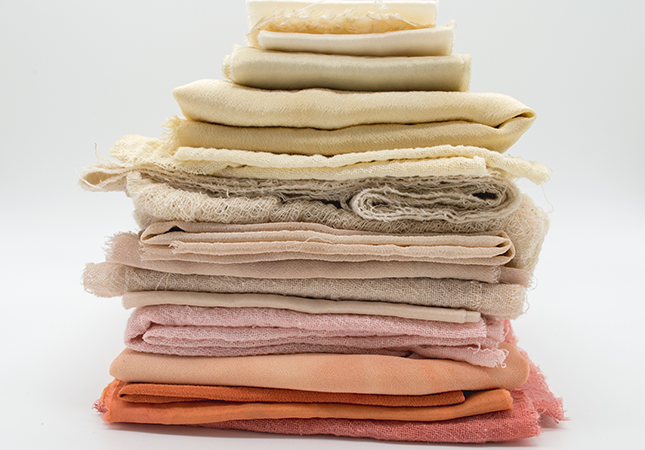Introduction:
The textile industry has historically played a pivotal role in driving industrial and economic growth for nations. This article traces the journey of the textile industry in America, its origins in England, and its transformation over the centuries.
Early Beginnings and Transatlantic Transfer:
During the late 1700s, England emerged as a hub for textile innovation. However, a British law restricted the export of loom designs. In 1789, Samuel Slater, a British individual, circumvented this law by migrating to the United States with the knowledge of power looms, laying the foundation for textile manufacturing in America.
The Birth of American Textile Mills:
In 1790, Samuel Slater's expertise was instrumental in assisting Moses Brown in establishing the first water-powered spinning textile mill in the United States. Following Eli Whitney's invention of the cotton gin in 1793, the cotton textile industry experienced rapid growth in America.
The Reign of "King Cotton":
Cotton gained prominence in the Southern United States, earning the moniker "King Cotton." By 1860, over 60 percent of American exports comprised raw cotton. The Boston Manufacturing Company played a pivotal role, contributing significantly to cotton production. By 1870, the United States was dotted with 2,400 woolen mills and numerous cotton mills.
Influence of Wars:
The textile industry often responded to the call of wars. During the Civil War, the North Carolina textile industry shifted from yarn spinning to producing materials for the war effort. Similarly, World War I spurred the demand for American-made textile goods, driving growth in North Carolina's industry. By 1923, North Carolina surpassed Massachusetts in textile production value.

Modern Era and Economic Impact:
Today, the American textile industry stands as the world's fourth-largest exporter of textile products. In 2017, exports of apparel, fiber, and textiles reached $28.6 billion. The value-added output of U.S. textile manufacturing amounted to $16.59 billion in 2021, showing a 23.8% increase from 2009. However, U.S. clothing manufacturing dipped to $9.5 billion in 2019, a 4.4% decrease compared to a decade earlier.
Global Shifts and Asian Dominance:
While the American textile industry thrives, Asia, particularly China and Vietnam, retains its position as the primary sourcing base for U.S. fashion companies. Despite changes and growth in the American industry, Asia continues to lead the apparel sector.
SUNTECH Textile Machinery from China, as a pioneering force in the textile machinery industry, SUNTECH Textile Machinery remains unwavering in our dedication to advancing research, development, and innovation, propelling the entire sector into a realm of new possibilities. offers a comprehensive range of products that cater to various fabric types.
Our product lineup includes, but is not limited to, pinking machine, loom machine, weaving machine, beam truck, fabric cutting machine, motorized beam trolley, beam storage, and fabric inspection machine. With our innovative approach and extensive experience, SUNTECH Textile Machinery remains at the forefront of the textile industry. We warmly welcome requests for quotes and cooperation opportunities from you!
Conclusion:
The American textile industry has evolved significantly from its inception with Samuel Slater's arrival from England. Its journey, marked by technological advancements and responses to historical events, has shaped its current standing as a major contributor to the nation's economy and global textile trade.




